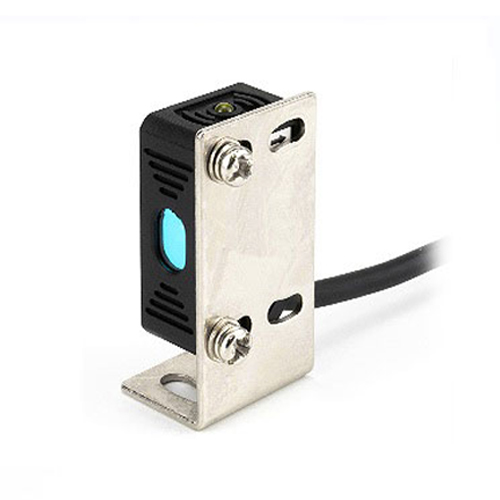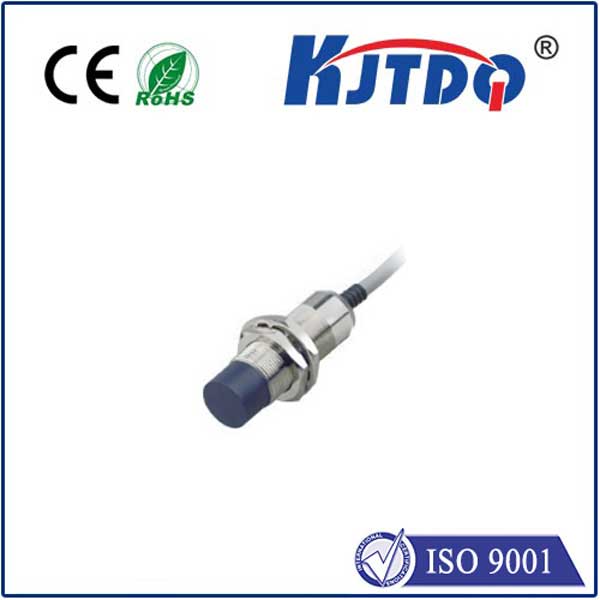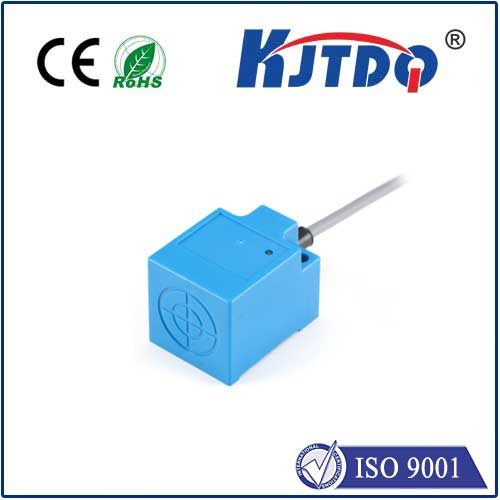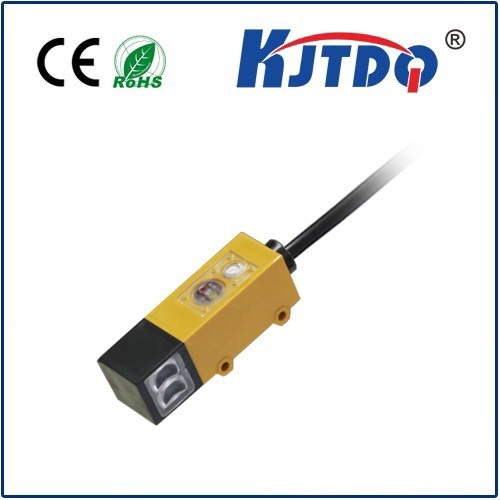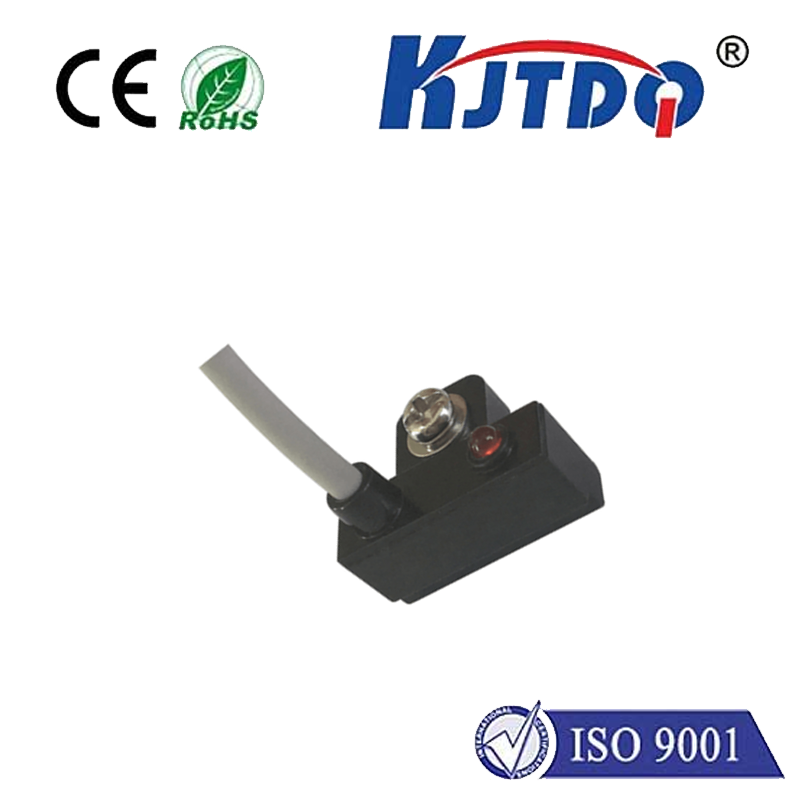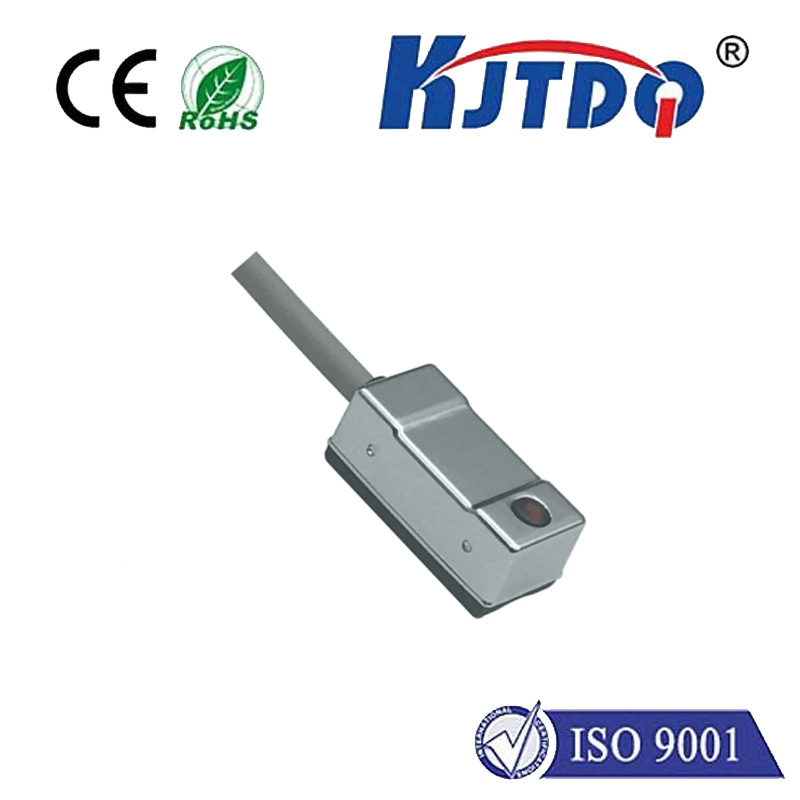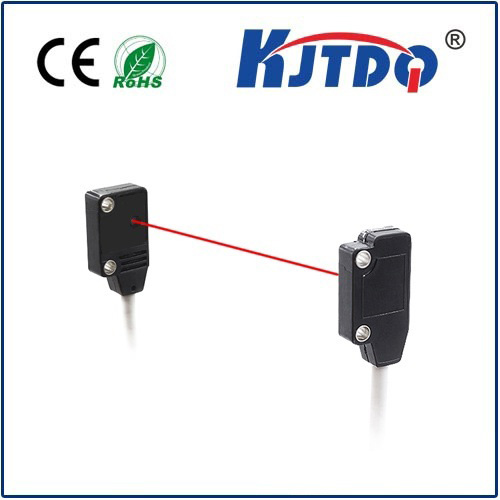Imagine a critical assembly line grinding to a sudden halt. A crucial component isn’t detected, machinery freezes, and costly minutes tick by. Often, the culprit is an unreliable sensor. In the demanding world of industrial automation, precision and dependability are non-negotiable. This is where U-shaped photoelectric sensors shine, offering a unique and robust solution for countless detection challenges. Unlike their diffuse or retro-reflective counterparts, the U-type design leverages the fundamental through-beam principle, delivering unparalleled reliability in even the toughest environments.
Understanding the U-Type Design
The name “U-shaped” photoelectric sensor is delightfully literal. It describes sensors where the emitter (light source) and the receiver (light detector) are housed in two distinct arms of a rigid, U-shaped bracket. These two arms face each other directly across a defined gap – the sensing area. This physical separation is the core of its strength. The emitter projects a beam of light (typically infrared or visible red LED) straight across this gap towards the receiver. When an object enters this gap, it physically blocks the light beam. The receiver, no longer detecting the transmitted light, triggers the sensor’s output signal, indicating object presence.
The Power of the Through-Beam Principle

This direct beam blocking is known as the through-beam or opposed-mode sensing principle. It’s the foundation of the U-type sensor’s key advantages:
Where U-Type Sensors Excel (Key Applications)
Their robustness and reliability make U-type photoelectric sensors indispensable across numerous sectors:
Comparing U-Type to Other Photoelectric Sensors
Understanding the landscape helps highlight the U-type’s niche:
| Sensor Type | Principle | Strengths | Ограничения | Best Suited For |
|---|---|---|---|---|
| U-Type (Through-Beam) | Separate Tx/Rx facing each other | Long range, reliable detection, color-independent | Requires alignment, target must break beam | Long-range detection, unreliable surfaces, dirty env |
| Retro-Reflective | Tx/Rx in one unit, beam bounces off reflector | Easier alignment than through-beam, moderate range | Reflector can get dirty, target must block beam | Moderate range where reflector can be mounted |
| Diffuse Reflective | Tx/Rx in one unit, detects light bouncing off target | No reflector needed, detects target directly | Shorter range, affected by color/reflectivity | Short-range detection, varied surface detection |
Crucial Specifications to Consider
When selecting a U-type sensor, key parameters include:
The Undeniable Edge
In the relentless pursuit of uptime and precision within automation systems, U-shaped photoelectric sensors deliver a fundamental advantage. Their through-beam operation provides a level of detection reliability, range, and immunity to surface variations that other sensing modes struggle to match. While requiring careful initial alignment, their inherent mechanical stability minimizes maintenance needs. For applications demanding unwavering performance when detecting the presence or absence of objects across a gap – from the chaos of packaging lines to the precision of electronics assembly – the robust simplicity of the U-type photoelectric sensor remains a cornerstone solution. Their elegant design solves complex detection challenges with remarkable efficiency.
